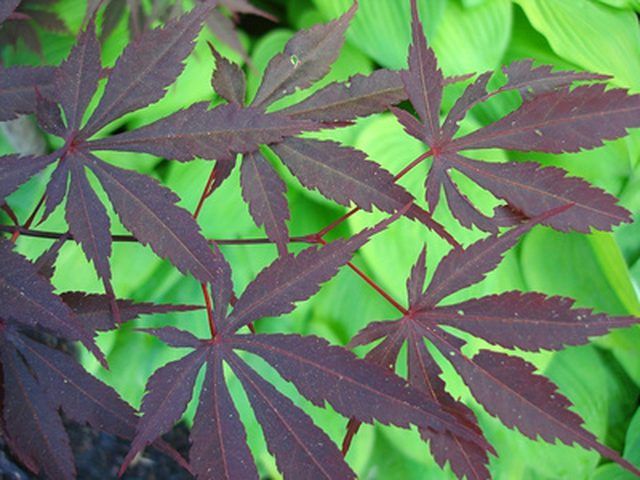Bulbs
Flower Basics
Flower Beds & Specialty Gardens
Flower Garden
Garden Furniture
Garden Gnomes
Garden Seeds
Garden Sheds
Garden Statues
Garden Tools & Supplies
Gardening Basics
Green & Organic
Groundcovers & Vines
Growing Annuals
Growing Basil
Growing Beans
Growing Berries
Growing Blueberries
Growing Cactus
Growing Corn
Growing Cotton
Growing Edibles
Growing Flowers
Growing Garlic
Growing Grapes
Growing Grass
Growing Herbs
Growing Jasmine
Growing Mint
Growing Mushrooms
Orchids
Growing Peanuts
Growing Perennials
Growing Plants
Growing Rosemary
Growing Roses
Growing Strawberries
Growing Sunflowers
Growing Thyme
Growing Tomatoes
Growing Tulips
Growing Vegetables
Herb Basics
Herb Garden
Indoor Growing
Landscaping Basics
Landscaping Patios
Landscaping Plants
Landscaping Shrubs
Landscaping Trees
Landscaping Walks & Pathways
Lawn Basics
Lawn Maintenance
Lawn Mowers
Lawn Ornaments
Lawn Planting
Lawn Tools
Outdoor Growing
Overall Landscape Planning
Pests, Weeds & Problems
Plant Basics
Rock Garden
Rose Garden
Shrubs
Soil
Specialty Gardens
Trees
Vegetable Garden
Yard Maintenance
How to Grow a Japanese Maple Tree in Canada
How to Grow a Japanese Maple Tree in Canada. The Japanese maple tree is a type of maple tree that has long, slender maple leaves that are green during the spring and summer but turn a brilliant red in the fall. The Japanese maple is a type of maple tree that is not native to Canada. The tree is used to milder temperatures, but can grow in Canada...

The Japanese maple tree is a type of maple tree that has long, slender maple leaves that are green during the spring and summer but turn a brilliant red in the fall. The Japanese maple is a type of maple tree that is not native to Canada. The tree is used to milder temperatures, but can grow in Canada under certain conditions. Planting Japanese maples in Canada is easier than some people may believe and the tree is low maintenance after the first growing year.
Things You'll Need
Japanese maple tree
Hose
Peat moss
Shovel
15-30-15 fertilizer
Pesticide spray
Mold spray
Pruning shears
Tree saw
Work gloves
Safety goggles
Select a growing site that is sheltered from the harsh north winds. Plan to plant the tree in late April to early May.
Make sure your growing site has moist, well draining, fertile soil. The growing site should receive full sunlight in the morning and partial sunlight in the afternoon.
Mix one part peat moss to three parts soil around a 6 foot by 6 foot area. Dig about 24 inches into the ground.
Dig a hole 2 to 3 times larger than the tree root ball and about twice as deep. Untie the tree from the burlap sack around the roots and place in the hole.
Replace the soil around the tree and fertilize immediately. Use a slow-release fertilizer and do not allow the fertilizer to touch the base of the tree. Water the tree after fertilization for about 1 hour.
Cover the tree with burlap in winter. This protects the tree from harsh freezing temperatures.
Water the tree right before the first frost is expected by soaking the area with a garden hose for about two hours. Do this a week or two before the first frost is expected.
Prune for shaping and any structural pruning (such as the main branches) before the first buds emerge. In Canada, this can be anywhere from early March to early April.
Prune away dead branches, diseased branches or any non-structural branches in June once the leaves are fully grown in. This allows you to see which branches should be pruned.
Mix a pesticide spray at half strength and spray over the tree's leaves after fertilization. If humidity is a problem, spray the tree with a mold-resistant spray to reduce the amount of mold on the tree trunk and leaves.